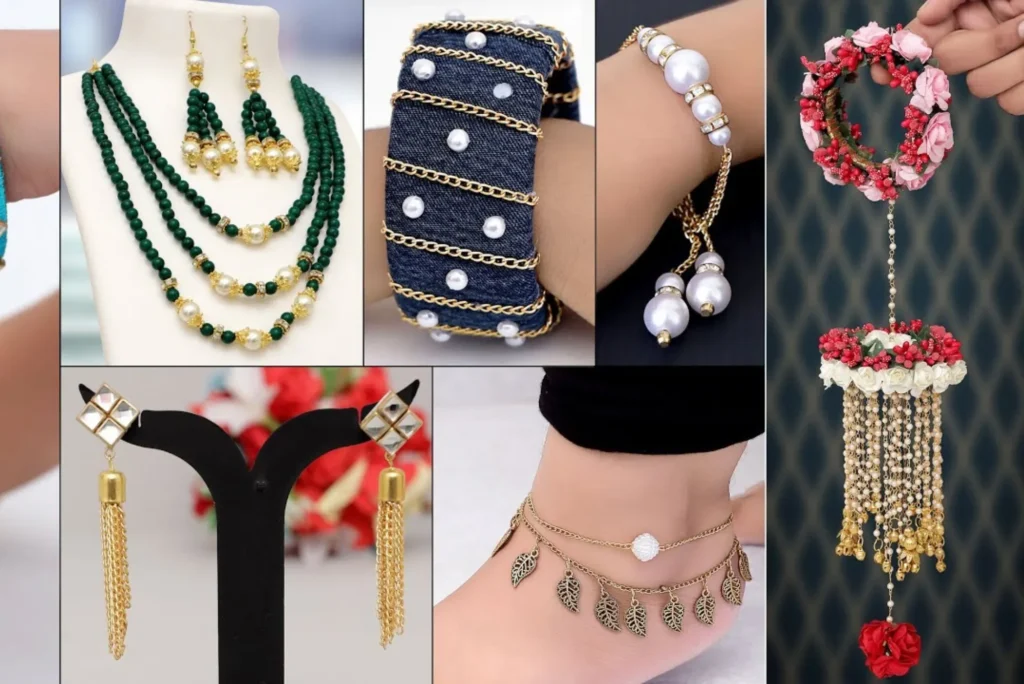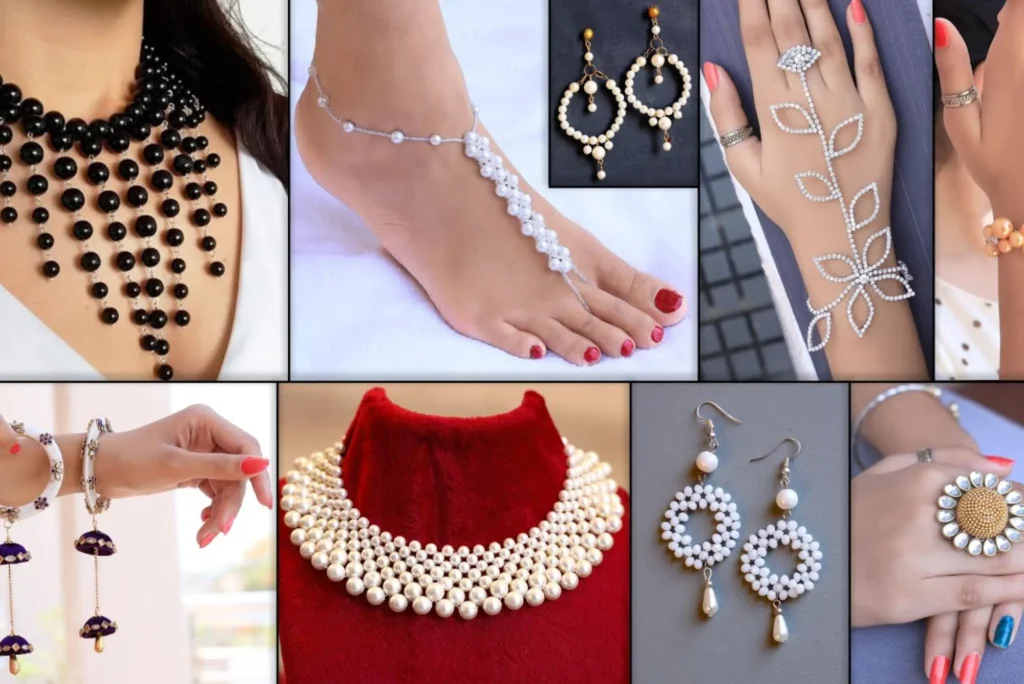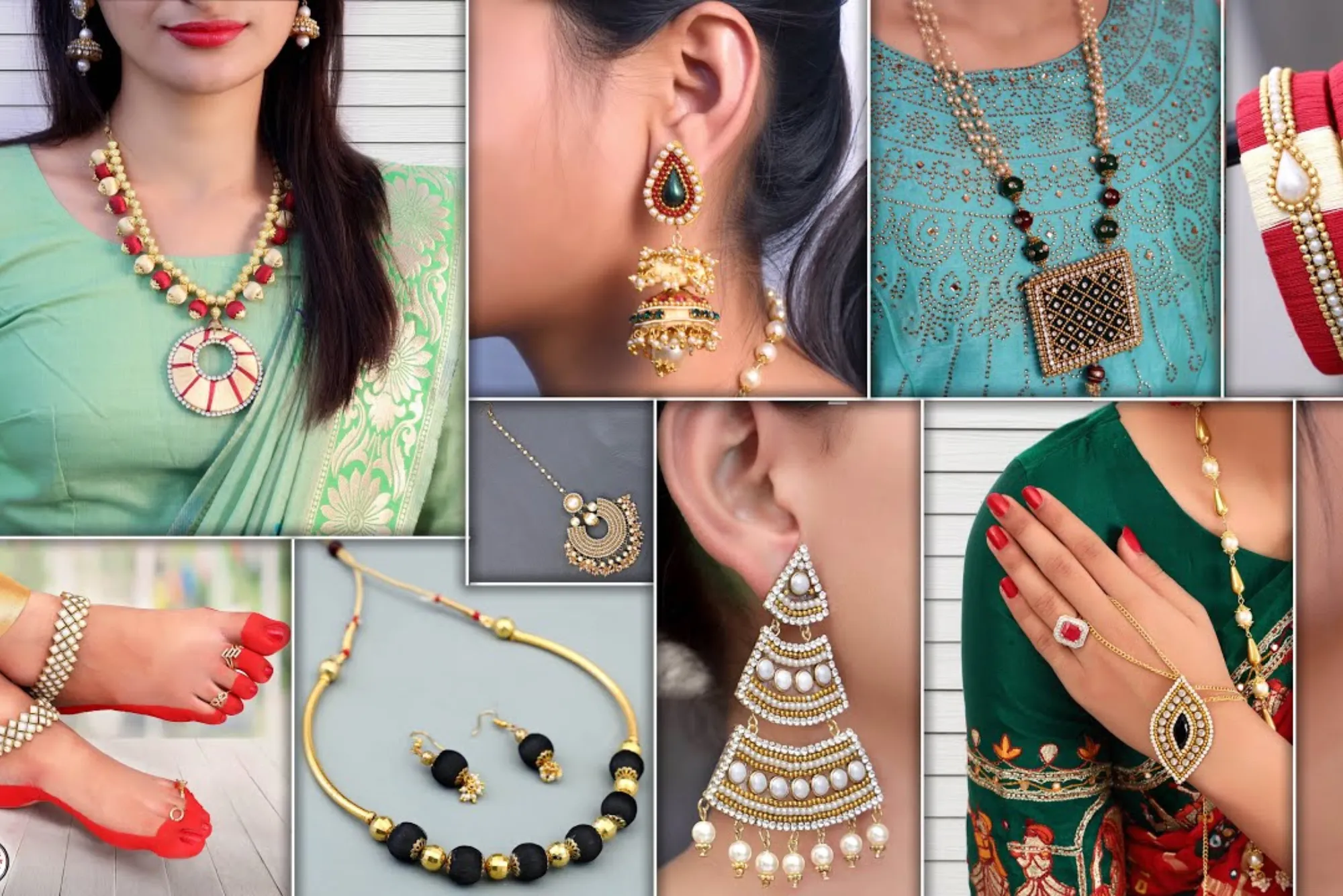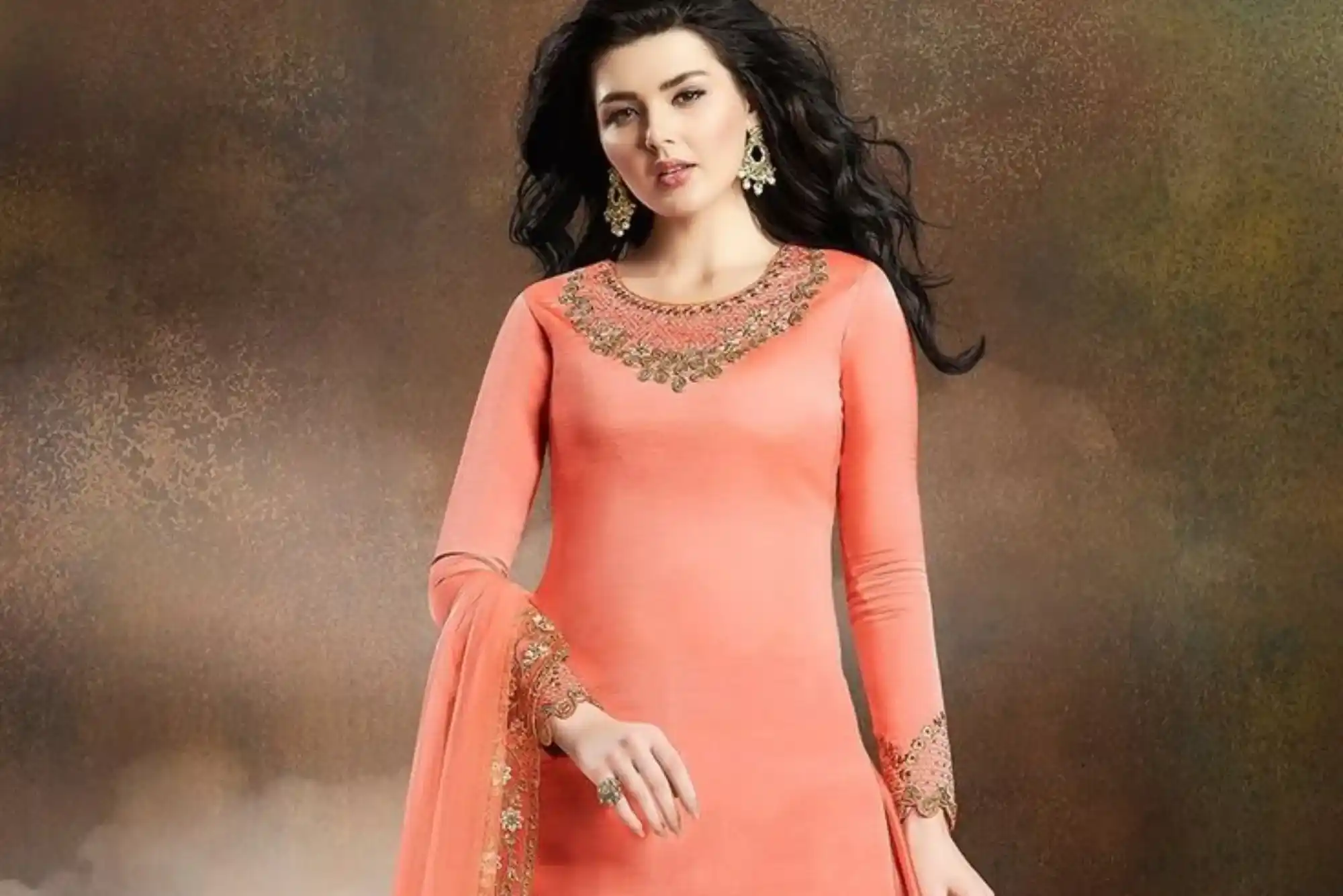In the ever-evolving realm of fashion, jewelry serves as an emblem of self-expression, cultural identity, and economic exchange. Beyond its ornamental appeal, fashion jewelry carries profound narratives that reflect the intricate dynamics of human transactions. Through the lens of transactional analysis, we embark on a journey to unravel the transformative power woven into the fabric of fashion jewelry.
Ego States in Fashion Jewelry Transactions
Parent Ego State
Fashion jewelry, much like any other aspect of style, often finds its roots in societal norms and traditions. The parental influence manifests in the choices we make, guided by familial heritage, cultural customs, and historical significance.
Whether it’s a vintage heirloom passed down through generations or a statement piece reflecting societal trends, the parent ego state shapes our perception and selection of fashion jewelry. Traditional symbols like the Celtic knot or the significance of pearls in bridal jewelry exemplify how the parent ego state perpetuates cultural narratives through fashion adornments.
Adult Ego State

Amidst the myriad of options available in the world of fashion jewelry, the adult ego state represents the rational decision-making process. Here, individuals weigh factors such as occasion, budget, and personal preference to make informed choices.
The adult ego state prompts us to consider the practicality and versatility of a piece, ensuring it aligns with our lifestyle and wardrobe.
From everyday staples like stud earrings to investment pieces like watches, the adult ego state governs our discerning eye, seeking timeless elegance amidst fleeting trends. Moreover, with the rise of ethical and sustainable fashion, the adult ego state encourages conscious consumerism, prompting us to seek jewelry crafted from ethically sourced materials and produced under fair labor practices.
Child Ego State
Beneath the surface of fashion jewelry transactions lies the emotional undercurrent of the child ego state. Here, our choices are driven by sentimentality, nostalgia, and the desire for self-expression. A piece of fashion jewelry can evoke memories of cherished moments or serve as a talisman of courage during times of adversity.
Whether it’s a locket containing a loved one’s photograph or a charm bracelet adorned with symbols of personal significance, the child ego state imbues fashion jewelry with emotional resonance.
Furthermore, the child ego state fosters creativity and experimentation, encouraging individuals to push boundaries and embrace their unique style identity. In a world where conformity often reigns, fashion jewelry becomes a playground for self-discovery and authenticity.
Cultural Exchange Through Fashion Jewelry
Fashion jewelry transcends geographical boundaries, serving as a conduit for cultural exchange and dialogue. From the vibrant hues of Indian bangles to the intricate filigree of Moroccan earrings, each piece tells a story steeped in tradition and craftsmanship.
Through the exchange of design techniques, materials, and motifs, fashion jewelry celebrates the richness of global cultures while fostering interconnectedness and understanding.
Moreover, fashion collaborations between designers from diverse backgrounds offer a platform for cross-cultural pollination, giving rise to innovative and inclusive designs that resonate with audiences worldwide. In an era marked by globalization, fashion jewelry emerges as a universal language that transcends linguistic barriers, uniting us in our shared appreciation for beauty and craftsmanship.
Economic Transactions in the World of Fashion Jewelry

Beyond its cultural and emotional significance, fashion jewelry represents a thriving economic ecosystem characterized by innovation, entrepreneurship, and consumer demand. From small-scale artisans crafting bespoke pieces to multinational corporations driving mass production, the fashion jewelry industry encompasses a spectrum of players and business models.
Economic transactions within this industry encompass not only the exchange of goods and services but also the creation of value and livelihoods.
Fashion jewelry hubs like the Jewelry Quarter in Birmingham, UK, or the Diamond District in New York City serve as epicenters of creativity and commerce, where artisans and entrepreneurs converge to shape the future of the industry.
Furthermore, with the advent of e-commerce platforms and social media influencers, the landscape of fashion jewelry transactions is evolving, offering new avenues for market access and consumer engagement.
Fashion jewelry transcends its material form to become a canvas for human expression, cultural exchange, and economic transactions. Through the lens of transactional analysis, we uncover the intricate interplay of ego states that govern our relationship with fashion jewelry, from the influence of societal norms to the nuances of personal identity.
As we adorn ourselves with these adornments, we not only reflect our individual style but also contribute to a collective tapestry of human experience. In a world marked by rapid change and uncertainty, fashion jewelry serves as a beacon of resilience, reminding us of the enduring power of creativity, connection, and self-expression.





